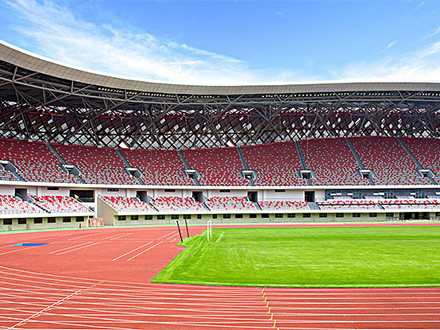
1. What are Plastic Tracks?
Plastic tracks, also known as synthetic tracks, are made of a combination of materials such as rubber granules and polyurethane. These tracks are designed to provide a consistent and durable surface for athletes to train and compete on.
2. Benefits of Plastic Tracks
One of the main advantages of plastic tracks is their shock absorption properties, which help reduce the risk of injury for athletes. Additionally, these tracks offer excellent traction and stability, allowing athletes to perform at their best.
3. Maintenance of Plastic Tracks
To ensure the longevity of a plastic track, regular maintenance is essential. This includes cleaning the track surface, repairing any cracks or damage, and reapplying the protective coating periodically.
4. Cost of Plastic Tracks
The cost of installing a plastic track can vary depending on the size of the track, the materials used, and other factors. Generally, plastic tracks are more expensive to install initially compared to other types of tracks, but they offer long-term durability and performance benefits.
5. Choosing a Plastic Track Supplier
When selecting a supplier for a plastic track, it is important to consider factors such as reputation, experience, and the quality of materials used. It is recommended to request quotes from multiple suppliers and compare them to ensure you are getting the best value for your investment.
In conclusion, plastic tracks are a popular choice for athletic events due to their durability, performance, and safety features. By understanding the key aspects of plastic tracks, you can make an informed decision when selecting a track for your facility.




